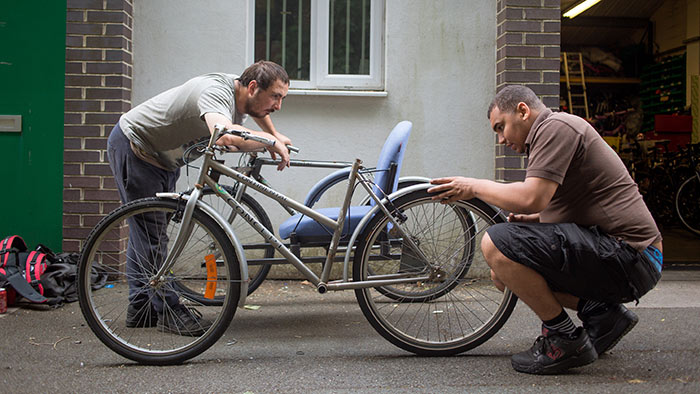It’s that time of year when we’re bombarded with Christmas adverts wherever we go, online and offline. Black Friday, Cyber Monday… it’s a consumerist’s paradise.
For some people, though, shopping is a coping mechanism for anxiety and low self-esteem. These compulsive shoppers are unable to resist strong inner urges to make repeated purchases and to spend excessively.
Recent research indicates that compulsive buying behaviour (CBB) affects 4.9% of the adult population in developed countries – particularly young women in low income groups. And the condition is on the rise.
But how can we identify people with a serious problem, so they can receive the help they need?
A serious condition
We’re all familiar with impulse buying – from picking up a chocolate bar at the checkout to having a blow-out on pay day.
But compulsive buying behaviour is very different.
When we buy things we’re generally motivated by value and usefulness. In contrast, compulsive buyers purchase to relieve stress, gain social approval, and improve their self-image.
CBB is a behavioural addiction characterised by a reduced capacity for self-control and a lower resistance to external triggers. It causes serious psychological, social and financial consequences for sufferers and their families.
My research with Agata Maccarrone-Eaglen – using samples from the UK, Spain, China and the Czech Republic – has developed a new screening tool to diagnose CBB. The results indicate that it screens effectively for CBB and also distinguishes between mild and severe forms of the condition.
The key behavioural traits that can diagnose CBB
The tool uses seven behavioural statements. If a respondent strongly agrees with them, it could be an indication of compulsive buying behaviour.
- I have often bought a product that I did not need, while knowing that I have very little money left.
- I am a reckless spender.
- I often buy things even though I can't afford them.
- When I have money, I cannot help but spend part or the whole of it.
- Much of my life centres around buying things.
- For me, shopping is a way of facing the stress of my daily life and relaxing.
- I sometimes feel that something inside pushes me to go shopping.
Getting help
The consequences of CBB can be just as severe as other types of addiction such as alcoholism and gambling problems, with people falling into serious debt and their relationships falling apart.
But unlike these addictions, there is no national charity dedicated to compulsive buying behaviour. So it’s important GPs and other health professionals recognise the condition, to enable them to offer support such as cognitive behavioural therapy.
Next year we will be testing our screening tool in clinical trials. Ultimately, our aim is for people with compulsive buying disorder to get diagnosed sooner, so they can access the help they need.




